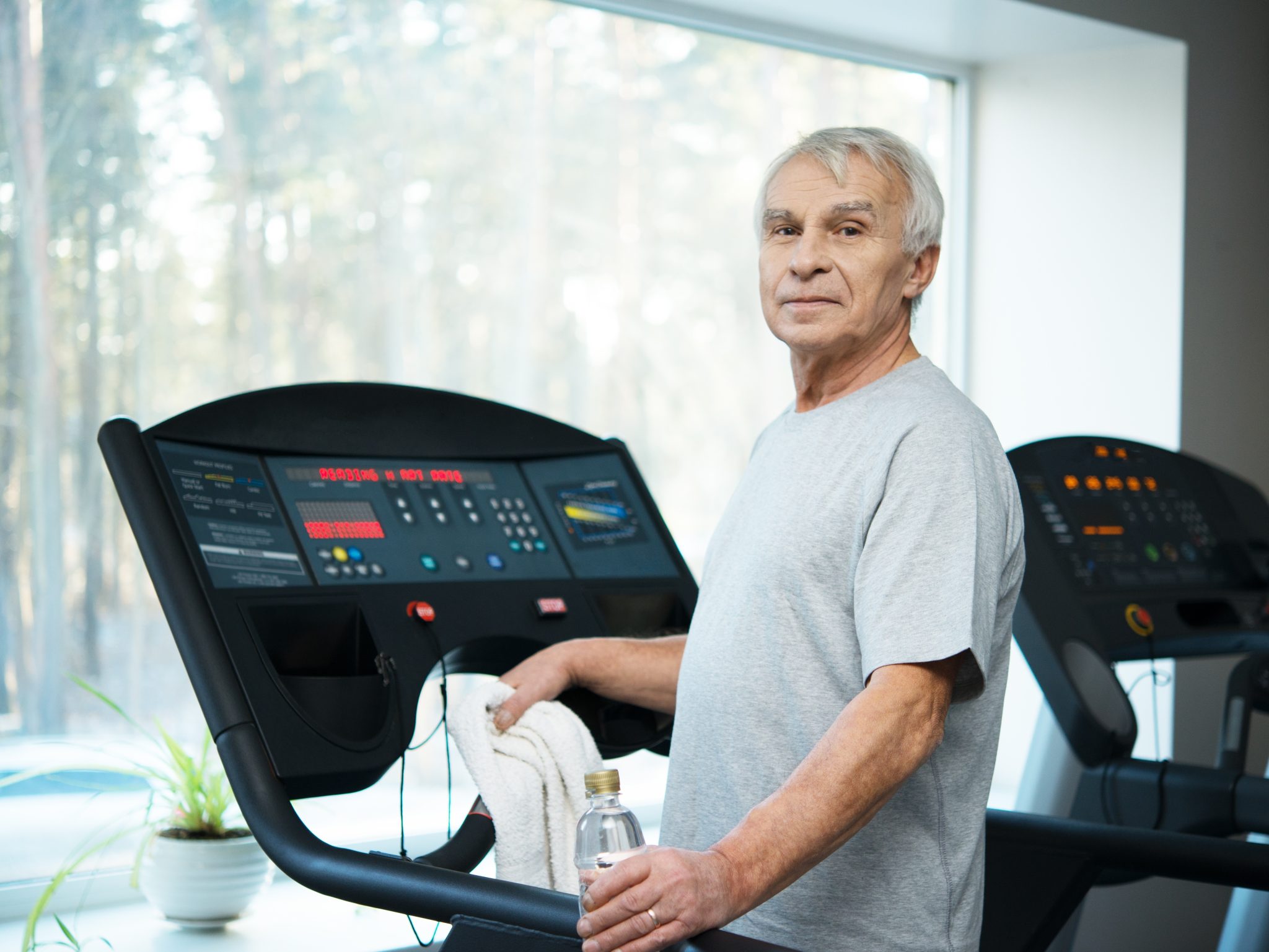Can Exercise Really Slow the Progression of Parkinson’s Disease?
When someone is diagnosed with Parkinson’s disease, one of the first questions is often: “What can I do to slow it down?”
While there is currently no cure for Parkinson’s, research shows that regular exercise is one of the most effective ways to manage symptoms and may even slow disease progression.
What the Science Says
Studies suggest that exercise helps the brain in ways that medications cannot:
- Neuroprotection: Exercise promotes the release of neurotrophic factors—proteins that help protect and repair brain cells.
- Improved motor function: Regular movement strengthens muscles, enhances coordination, and helps retrain the nervous system.
- Slower symptom progression: Research from the Parkinson’s Foundation shows that consistent exercise can slow the decline in mobility and balance.
- Better overall health: Exercise also combats fatigue, improves sleep, and boosts mood.
The Best Types of Exercise for Parkinson’s
Not all exercise is equal. Parkinson’s-specific programs are designed to address balance, coordination, and strength challenges.
- LSVT BIG® therapy: A research-backed physical therapy program to improve walking, posture, and movement amplitude. (Learn more about our Parkinson’s Disease Treatment.)
- Balance and gait training: Helps prevent falls and improve walking confidence.
- Strength training: Builds core and leg muscles for better mobility.
- Aerobic exercise: Walking, cycling, or swimming support cardiovascular and brain health.
- Group exercise classes: Provide structure, accountability, and social motivation. Explore our Parkinson’s Disease Exercise Classes in New Jersey.
How Much Exercise Do You Need?
Experts recommend at least 150 minutes of moderate-intensity exercise per week—but consistency matters more than perfection. Even small daily efforts make a difference over time.
A physical therapist can help design a safe, progressive exercise program tailored to your needs.
Beyond the Physical Benefits
Exercise is also powerful for mental health. It reduces anxiety, boosts confidence, and provides a sense of control in managing Parkinson’s—something medications alone cannot offer.
Support at Synaptic Rehab
At Synaptic Rehab, we make exercise part of a comprehensive care plan. Our Parkinson’s Wellness Center offers one-on-one therapy, group classes, and community support—all designed to keep you moving and living fully.
📍 Visit us at 1200 Route 22 East, Suite 4, Bridgewater, NJ 08807
📞 Call: 908-801-6425
Steven Cheung, DPT
Steven is the founder and lead physical therapist at SYNAPTIC Rehabilitation. He earned a BS in Exercise Science Applied Kinesiology from Rutgers University in New Brunswick, NJ and his Doctorate degree from American International College in Springfield, MA. Steven specializes in movement disorders such as Parkinson’s disease and many other neurological disorders. Outside of practicing physical therapy Steven enjoys time with his wife, running, and staying active.

